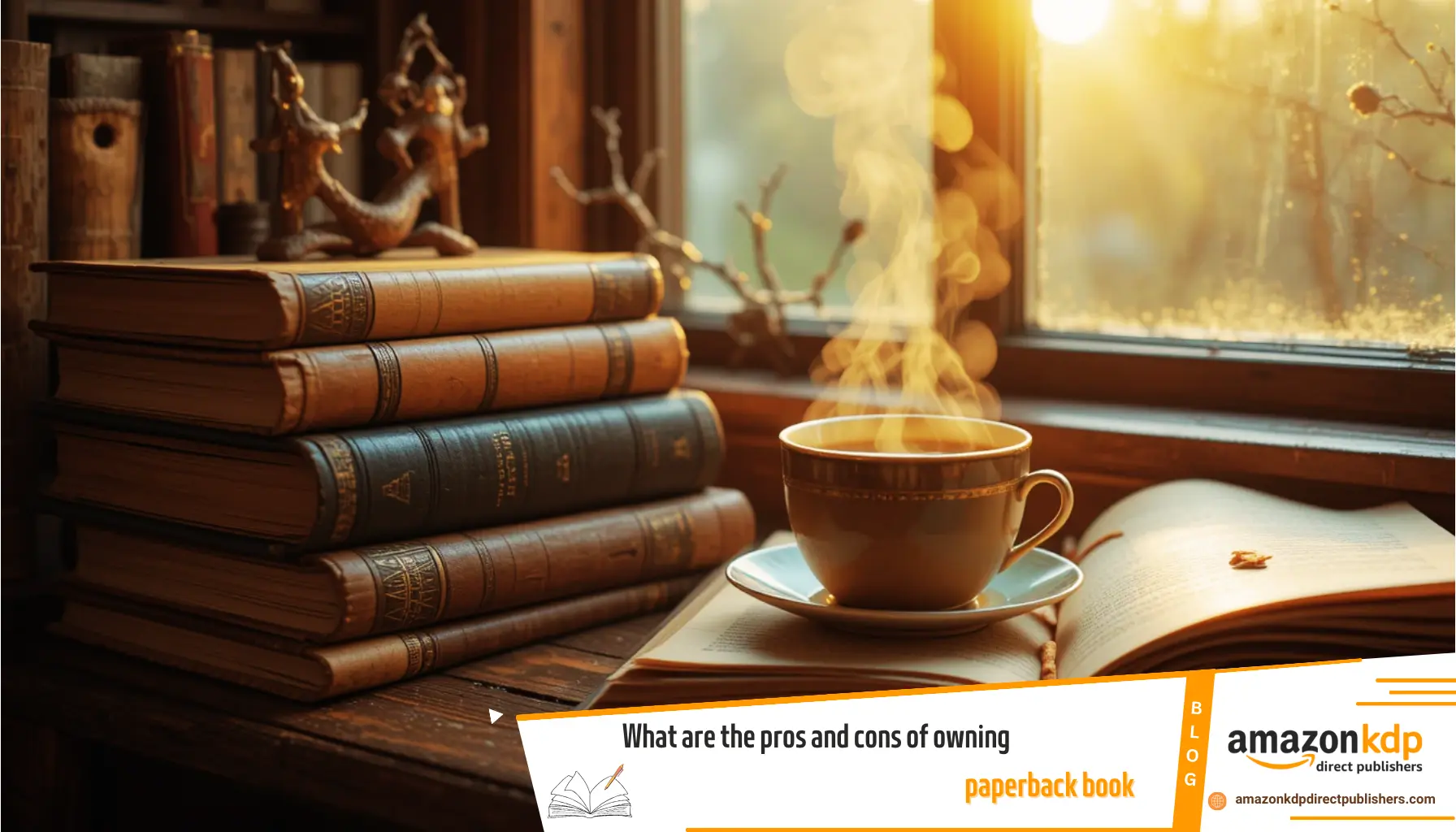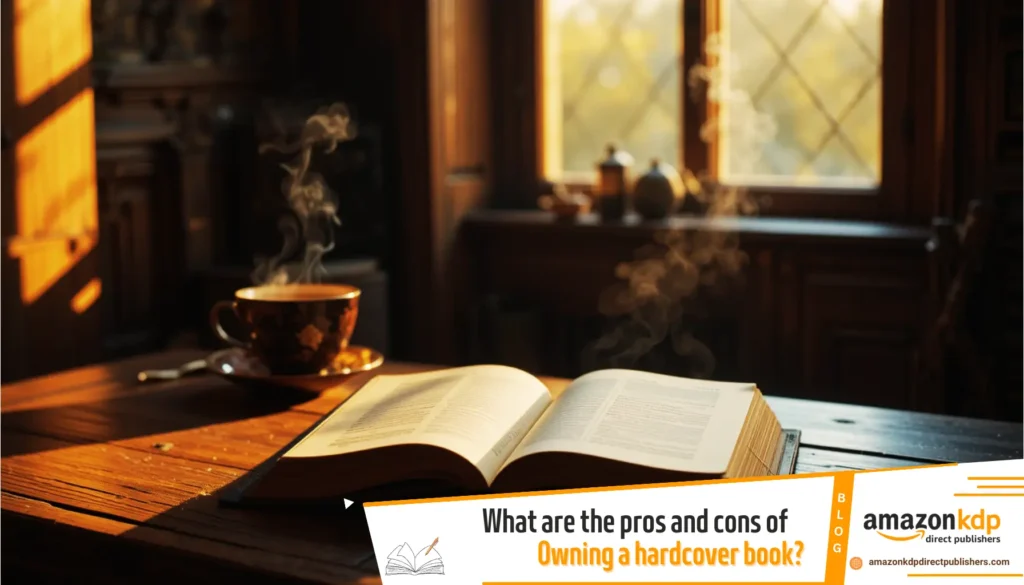Introduction:
For many avid readers, the humble paperback books are a staple, offering an accessible gateway to countless stories and worlds. Characterized by its flexibility and affordability, the paperback has become synonymous with casual reading and on-the-go enjoyment. However, its lightweight design and lower price point also come with certain trade-offs. This article dives into the practicalities of paperback ownership, examining the advantages and disadvantages that influence their appeal. From their budget-friendly nature and portability to their susceptibility to wear and tear, we’ll explore the factors that determine whether the paperback’s convenience outweighs its limitations.
Pros of Owning a Paperback Book:

- Affordability: Paperback books are significantly cheaper than hardcovers, often costing under $10 and even less when purchased.
- Portability: They are lighter in weight, making them easier to carry around for travel, commuting, or casual reading.
- Accessibility: Paperbacks are widely available and often released after the hardcover edition, providing an affordable way to access popular titles.
- Space Efficiency: Their smaller size and flexibility make them easier to store in tight spaces compared to bulkier hardcovers.
Cons of Owning a Paperback Book:

- Durability: The thinner covers and pages are more prone to tearing, creasing, or yellowing over time.
- Shorter Lifespan: Due to their construction, paperbacks are less durable and may not withstand frequent use or long-term storage as well as hardcovers.
- Perceived Value: They lack the premium aesthetic appeal of hardcovers, making them less desirable for collectors or decorative purposes.
- Resale Value: Paperbacks generally have lower resale value compared to hardcovers, especially for collectible editions.
Conclusion:
In the end, the decision to embrace paperback books rests on a balance between practicality and preference. Their affordability and ease of transport make them an ideal choice for everyday reading and travel, providing access to a wide range of literature without breaking the bank. While paperbacks may lack the durability and aesthetic appeal of their hardcover counterparts, their accessibility and convenience often outweigh these drawbacks for the casual reader. Whether you’re seeking a quick read for your commute or building a library on a budget, understanding the pros and cons of paperback books allows you to make an informed choice that aligns with your reading habits and lifestyle.
These factors highlight the trade-offs between affordability and practicality versus longevity and prestige when choosing paperback books.






